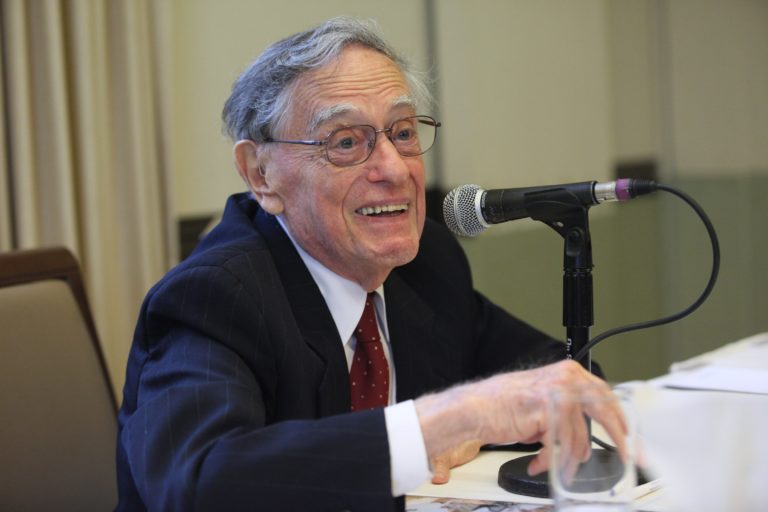

And he preferred characters, like Genji, who had the capacity to feel and to affect the feelings of the reader, rather than those, like the man who spent his life in love (Saikaku’s Kōshoku ichidai otoko), whom he considered “heartless.” In his own work he “tried always to detect something that comes from the writer’s heart…that makes me feel I know the author…and knowing one person well can sometimes make it possible to know the world he or she lives in.” Through feeling and heart, Professor Keene ushered his students into those worlds, one class session and one writer at a time. Murasaki was right, he told us, when she said that a story comes about when an experience has moved a writer “to an emotion so passionate that he can no longer keep it shut up in the heart.” Professor Keene’s love of Japanese literature was itself “an emotion so passionate” that he had to communicate it to others, and especially to his students.Ĭlosely connected to feeling-and being moved by a literary work-was the importance of “heart.” Seeds in the Heart is the title of the first volume of his magisterial History of Japanese Literature. “Feeling,” for him, was the key to literature. There I found certain often repeated words that suggest part of the secret of his classroom sorcery.įrom the Manyōshū to Mishima, Professor Keene led us into each work, making us feel as if were walking around inside the poem, play, or novel, inhabiting it, breathing it, feeling it. I tried to answer this question first by re-reading my class notes from Professor Keene’s famous lecture course on Japanese literature in translation, which I took as a graduate student in Japanese history at Columbia in 1968-69. I have long wondered how he worked this magic on so many students for so long. I am a member of this grateful group, who remember Donald Keene not only as a master scholar, prodigious writer, and sparkling lecturer, but as a teacher who transported us with his passion and erudition into the worlds of Japanese literature and culture. Their eyes light up when they speak of him, as his eyes did when first he taught them and ever after when he met or thought of them. From undergraduates who took only one course from him to doctoral students who later became his scholarly colleagues, they never forgot him as he never forgot them. From around the world came the warmth of personal remembrance: studying with Professor Keene at Columbia had challenged and inspired them in the classroom and for decades afterwards. At the same time, a smaller, but still quite large, group of his former students consoled one another in criss-crossing e-mails that recounted the importance of Donald Keene in their own lives. Readers, writers, and scholars in Japan and the West celebrated the life and work of Donald Keene in the days after his death on February 24. by Asia Now AAS Member Matters, In Memoriam Photo by Michael Dames, and used with permission from the Donald Keene Center of Japanese Culture at Columbia University. Re-envisioning Asia: Contestations and Struggles in the Visual Arts.Gosling-Lim Postdoctoral Fellowship in Southeast Asian Studies.

Striving for Diversity, Equity, and Inclusion in Asian Studies: Humanities Grants for Asian Studies Scholars.Distinguished Service to the Association for Asian Studies Award.Distinguished Contributions to Asian Studies Award.AAS Takes Action to Build Diversity & Equity in Asian Studies.



 0 kommentar(er)
0 kommentar(er)
